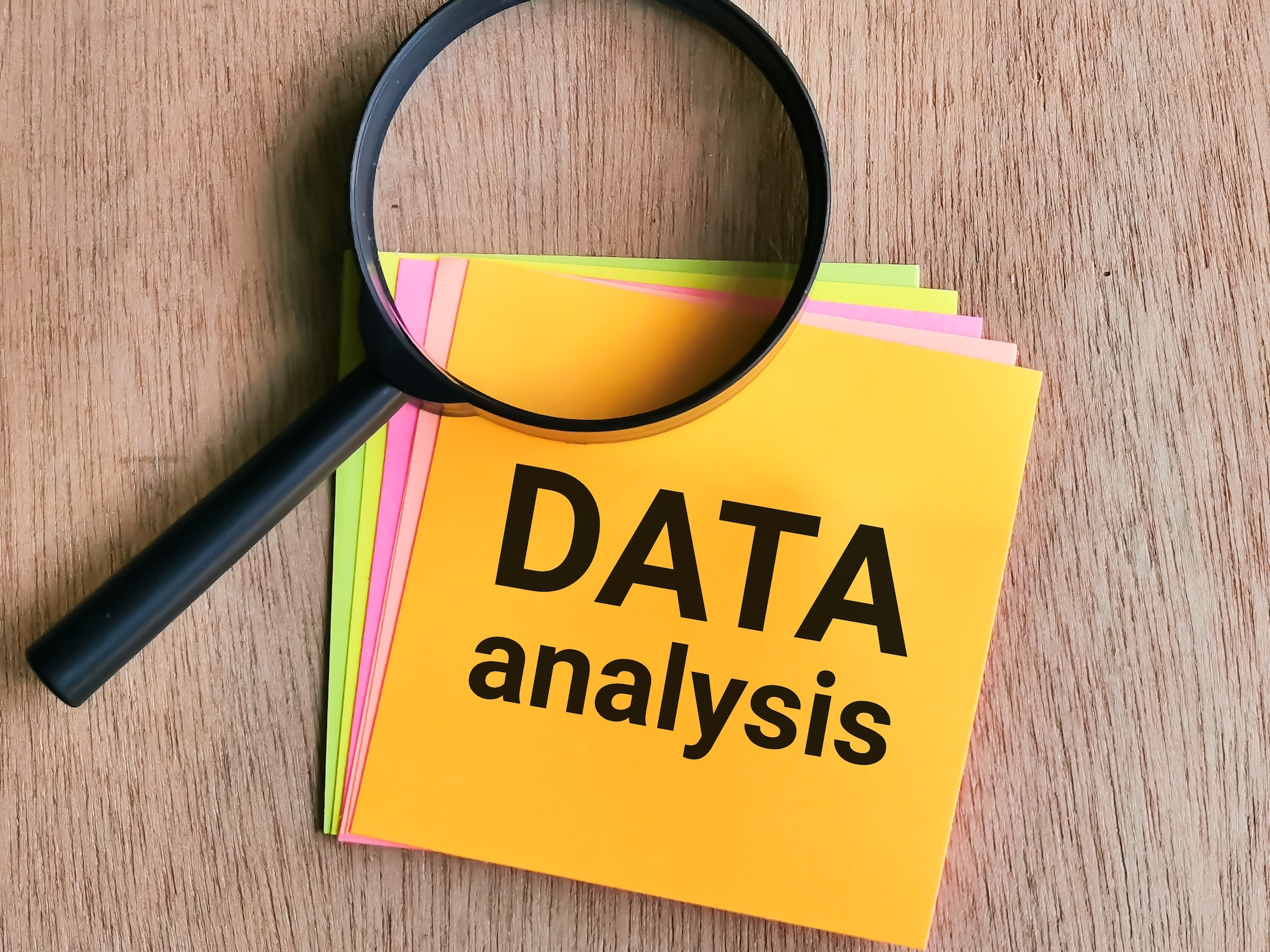Maximizing Data Analysis with Workday’s Reporting and Analytics Capabilities
Data has become the lifeblood of organizations across industries. The potential hidden within vast amounts of data is immense, holding the key to making informed decisions, driving operational efficiencies, and unlocking new business opportunities. However, harnessing this potential requires powerful tools and platforms to extract valuable insights from complex datasets.
Enter Workday, a leading provider of cloud-based enterprise solutions. Workday’s suite of applications offers a comprehensive platform for managing various aspects of an organization, ranging from human resources and finance to supply chain and customer relationship management.
Among its many features, Workday’s Reporting and Analytics capabilities stand out as a game-changer in maximizing data analysis and decision-making processes.
Keep reading.
Understanding Workday’s Reporting and Analytics Capabilities

Workday’s Reporting and Analytics capabilities empower organizations to confidently make strategic workforce decisions in today’s ever-changing work landscape.
By providing real-time insights and a secure system to capture people’s data, Workday enables users to see what’s happening and take immediate action.
Let’s explore the key capabilities of Workday’s Reporting and Analytics features that facilitate data-driven decision-making and enhance employee experiences.
-
- Comprehensive Visibility: Workday offers comprehensive visibility into workforce analytics and transactions within a single system. This integrated approach allows users to gain a holistic view of their organization’s workforce and make informed decisions based on real-time data.
-
- Automated Analysis: With Workday’s automated analysis capabilities, users can leverage advanced algorithms and data models to uncover meaningful insights without manual intervention. This automation streamlines the analysis process and saves valuable time, enabling users to focus on strategic initiatives.
-
- Drill Downs and Drill Arounds: Workday’s Reporting and Analytics features provide drill-downs and drill-around functionality, allowing users to navigate data hierarchies and explore details at various levels. This capability enables a deeper understanding of workforce trends, patterns, and anomalies.
-
- Configurable Drag and Drops: Workday’s intuitive interface allows users to create custom reports and dashboards through configurable drag-and-drop functionalities. This flexibility empowers users to tailor their analytics experience to their needs and preferences without requiring extensive technical expertise.
-
- External Benchmarking: Workday enables organizations to compare their workforce metrics and performance against external benchmarks. By accessing industry-specific benchmarking data, users can gain insights into best practices and identify areas for improvement within their organization.
Overcoming Data Analysis Challenges with Workday

Data analysis poses numerous challenges, including dealing with large volumes of data from disparate sources, complex data structures, and the need for timely and accurate insights.
However, Workday’s Reporting and Analytics capabilities are designed to help organizations overcome these challenges and unlock the full potential of their data.
Let’s explore how Workday addresses common data analysis hurdles:
-
- Eliminating Data Silos: One of the key challenges in data analysis is the presence of data silos, where information is isolated and inaccessible by different systems and departments. In fact, 47% of marketers said that data silos are their biggest problem when it comes to gaining insights from data.
Workday’s unified data model ensures that data from various modules, such as HR, finance, and supply chain, is integrated into a single source of truth. This integration enables seamless data access and analysis, providing a holistic view of the organization and eliminating the need to manually reconcile data from multiple sources.
-
- Seamless Data Integration: Workday facilitates seamless data integration, allowing users to access and analyze data within the Workday system and external systems.
Whether integrating data from third-party applications or connecting with external data sources, Workday’s robust integration capabilities ensure that data is readily available for analysis. This comprehensive data integration enables organizations to gain a more complete and accurate understanding of their operations.
-
- Ensuring Data Accuracy and Consistency: Data accuracy and consistency are critical for meaningful analysis. Workday’s data governance framework and built-in validation rules help ensure data integrity throughout the system. Organizations can rely on accurate and reliable data for their analysis by enforcing data quality standards and conducting regular data audits.
Workday’s data consistency features also enable users to align and standardize data across different modules, enhancing the accuracy and consistency of analysis results.
-
- Mitigating Errors and Reducing Manual Data Handling: Manual data handling processes are prone to errors and can be time-consuming. Workday’s automation capabilities help reduce manual data entry and processing, minimizing the risk of human error.
Automated workflows, data transformations, and pre-built analytics templates streamline the data analysis process, allowing users to focus on extracting insights and making informed decisions rather than spending valuable time on repetitive tasks.
Leveraging Workday’s Reporting and Analytics for Different Business Functions
Workday’s Reporting and Analytics capabilities are not limited to a single department or function within an organization. The platform offers various features and functionalities that can be leveraged across various business functions, enabling organizations to gain insights and make data-driven decisions.
Let’s explore how different business functions can leverage Workday’s Reporting and Analytics capabilities:
-
- Human Resources (HR): Workday’s Reporting and Analytics features provide HR professionals comprehensive visibility into workforce data. HR teams can analyze employee demographics, performance metrics, engagement levels, and turnover rates to gain insights into talent management and optimize workforce planning. The platform’s advanced analytics tools enable HR professionals to identify skill gaps, predict attrition, and make informed recruitment, training, and employee development decisions.
-
- Finance: Workday’s Reporting and Analytics capabilities empower finance teams to gain a deep understanding of financial data and performance metrics. By integrating financial data from different modules, such as payroll, accounts payable, and budgeting, finance professionals can generate accurate financial reports, conduct profitability analyses, and monitor key financial indicators. Workday’s advanced analytics features enable finance teams to perform forecasting, scenario modeling, and trend analysis, supporting strategic financial planning and decision-making.
-
- Supply Chain: Workday’s Reporting and Analytics functionalities extend to supply chain management, providing insights into inventory levels, procurement, logistics, and supplier performance. Organizations can optimize inventory management by analyzing supply chain data, identifying cost-saving opportunities, and enhancing supply chain efficiency. Workday’s advanced analytics capabilities enable supply chain professionals to track demand patterns, forecast demand, and make data-driven decisions to streamline operations and meet customer needs effectively.
-
- Customer Relationship Management (CRM): Workday’s Reporting and Analytics features offer valuable insights for managing customer relationships. By analyzing customer data, sales teams can better understand customer preferences, behavior, and buying patterns. Workday’s advanced analytics tools enable sales professionals to identify cross-selling and upselling opportunities, forecast sales performance, and personalize customer interactions. These insights help organizations enhance customer satisfaction, improve sales effectiveness, and drive revenue growth.
Final Thoughts
Workday’s Reporting and Analytics capabilities offer organizations the tools they need to unlock the full potential of their data. By overcoming data analysis challenges, such as data silos, manual processes, and data accuracy issues, Workday empowers users to make informed decisions based on real-time insights.With Workday, organizations can leverage comprehensive visibility, automated analysis, configurable reporting, and external benchmarking to better understand their workforce, financial performance, supply chain, and customer relationships. The platform’s advanced analytics features, including machine learning algorithms and predictive analytics, enable users to confidently uncover trends, identify patterns, and make data-driven decisions.





